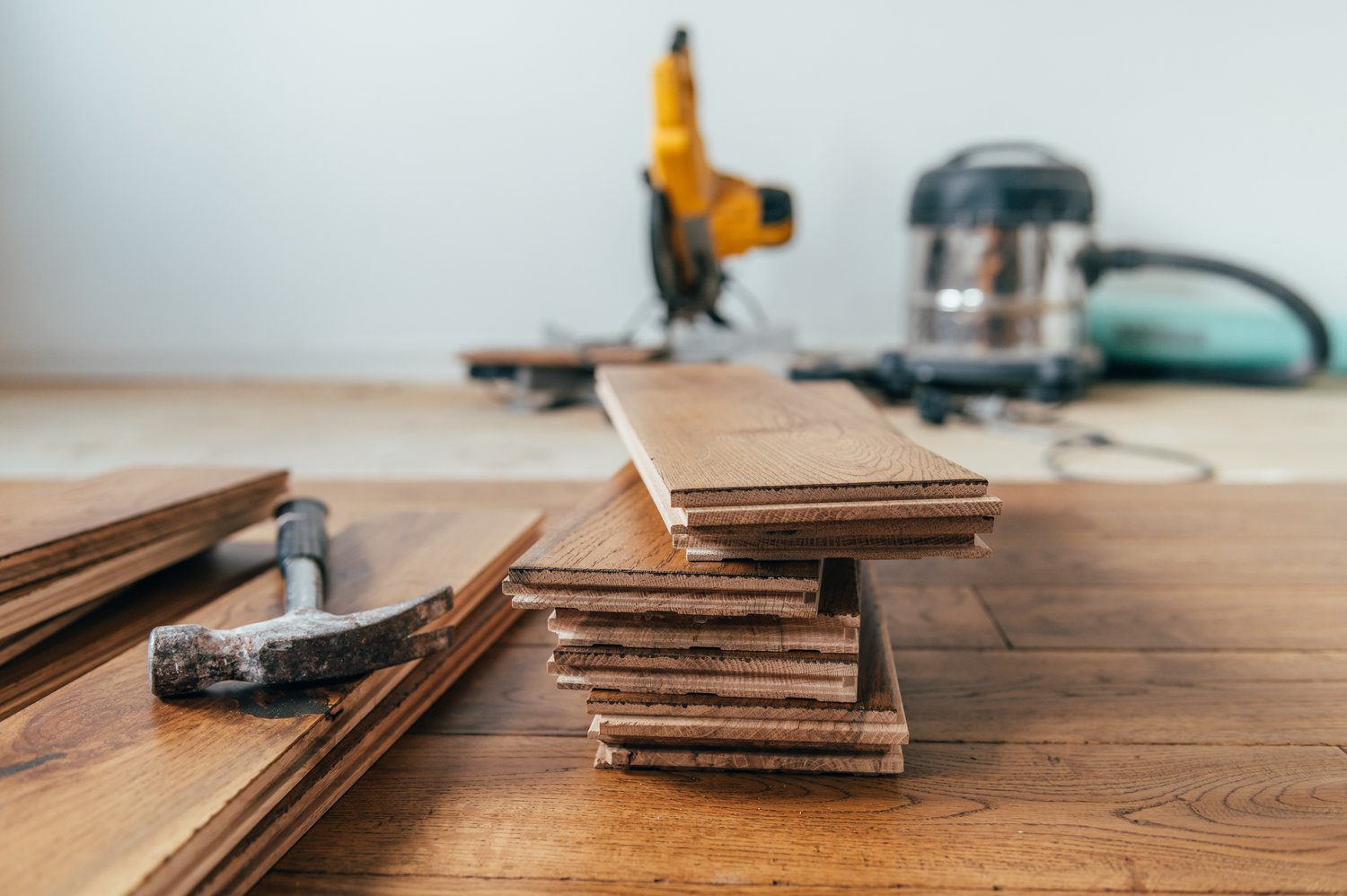When planning a flooring installation, many homeowners focus exclusively on selecting the perfect visible surface—the hardwood, laminate, vinyl, or carpet that will transform their space. However, what lies beneath that surface can be equally crucial to the success of your flooring project. Underlayment, the material installed between your subfloor and your finished flooring, plays a vital role in comfort, acoustics, moisture protection, and the longevity of your investment. This comprehensive flooring underlayment guide explores why this often-overlooked component deserves careful consideration before any installation begins.
What Exactly is Underlayment?
Underlayment is a thin layer of material that sits between your subfloor (typically concrete or plywood) and your finished flooring. Available in various materials including foam, cork, rubber, felt, and plywood, each type of underlayment serves specific purposes depending on your flooring choice and installation environment. The benefits of underlay extend far beyond simply providing a smoother surface for installation. It creates a crucial buffer zone that addresses multiple potential issues that could otherwise compromise your new floors. Professional installers consider underlayment not as an optional add-on but as an essential component of a properly executed flooring system that will perform optimally for years to come.
Enhanced Comfort and Warmth
One of the most immediately noticeable benefits of quality underlayment is the improvement in comfort underfoot. Without proper underlay, floors—especially hard surfaces like laminate and hardwood—can feel uncomfortably rigid and cold. The carpet underlay importance becomes evident the moment you walk on a properly installed carpet with premium underlay versus one installed directly on the subfloor. Quality underlayment provides cushioning that makes standing and walking more comfortable by absorbing impact. This cushioning effect is particularly valuable in areas where you spend extended periods standing, such as kitchens. Additionally, underlayment offers thermal insulation properties that help maintain warmer floor temperatures during colder months, making your home more energy-efficient and comfortable year-round.
Sound Reduction Properties
In today’s homes, especially in multi-level buildings or apartments, noise transmission can be a significant concern. The acoustic benefits of underlay are substantial and often underappreciated until experienced firsthand. Without proper underlayment, footsteps, dropped objects, and other impacts can create disruptive noise that travels through floors to rooms below. High-quality underlayment significantly reduces both impact noise (the sound heard when something hits the floor) and ambient noise (airborne sound that passes through the floor). When researching the best underlay for laminate flooring, look for products with high Sound Transmission Class (STC) and Impact Insulation Class (IIC) ratings. These measurements indicate the material’s effectiveness at reducing noise transmission, with higher numbers representing better sound isolation properties.
Moisture Protection and Subfloor Irregularities
Moisture is one of the greatest enemies of flooring materials. Whether coming from below in the form of vapor transmission through concrete or from above through spills, moisture can warp, buckle, and ultimately destroy many flooring types. Quality underlayment often includes vapor barriers or moisture-resistant properties that protect your investment from these threats. According to AskHomey, proper moisture protection is especially critical for below-grade installations where ground moisture can be problematic. Beyond moisture protection, underlayment also helps compensate for minor subfloor imperfections. Small gaps, slight unevenness, or minor height variations in your subfloor can lead to significant problems with your finished flooring over time, including premature wear, cracking, or squeaking. Underlayment creates a smoother, more uniform surface that helps your new flooring perform as intended.
Extended Flooring Lifespan
Perhaps the most compelling reason to invest in quality underlayment is the protection it provides to your flooring investment. Without proper underlayment, flooring materials experience accelerated wear and tear from direct contact with the subfloor, excessive movement, moisture damage, and other stressors. The cushioning effect of underlayment reduces the impact force on your flooring’s locking systems or adhesive bonds, preventing premature breakdown. For floating floors like laminate, the best underlay for laminate installations provides the right amount of flexibility while preventing excessive movement that could damage the interlocking mechanisms. This protection extends the functional and aesthetic lifespan of your flooring, often adding years of performance and postponing the considerable expense of replacement.
Choosing the Right Underlayment
Selecting the appropriate underlayment depends on multiple factors including your specific flooring type, subfloor material, installation location, and particular concerns like sound or moisture. A comprehensive flooring underlayment guide would emphasize that there is no universal “best” underlayment—rather, the optimal choice addresses your specific situation. For laminate floors, foam or cork underlayments with moisture barriers are often recommended. For solid hardwood, felt or cork products provide appropriate cushioning without excessive softness. The carpet underlay importance varies by carpet type, with thicker, denser products supporting high-traffic areas and softer versions enhancing comfort in bedrooms. Consulting with flooring professionals about your specific needs will help ensure you select an underlayment that optimizes performance for your particular installation.
For more tips and to connect with reliable home service professionals, follow AskHomey on Facebook and Instagram.



